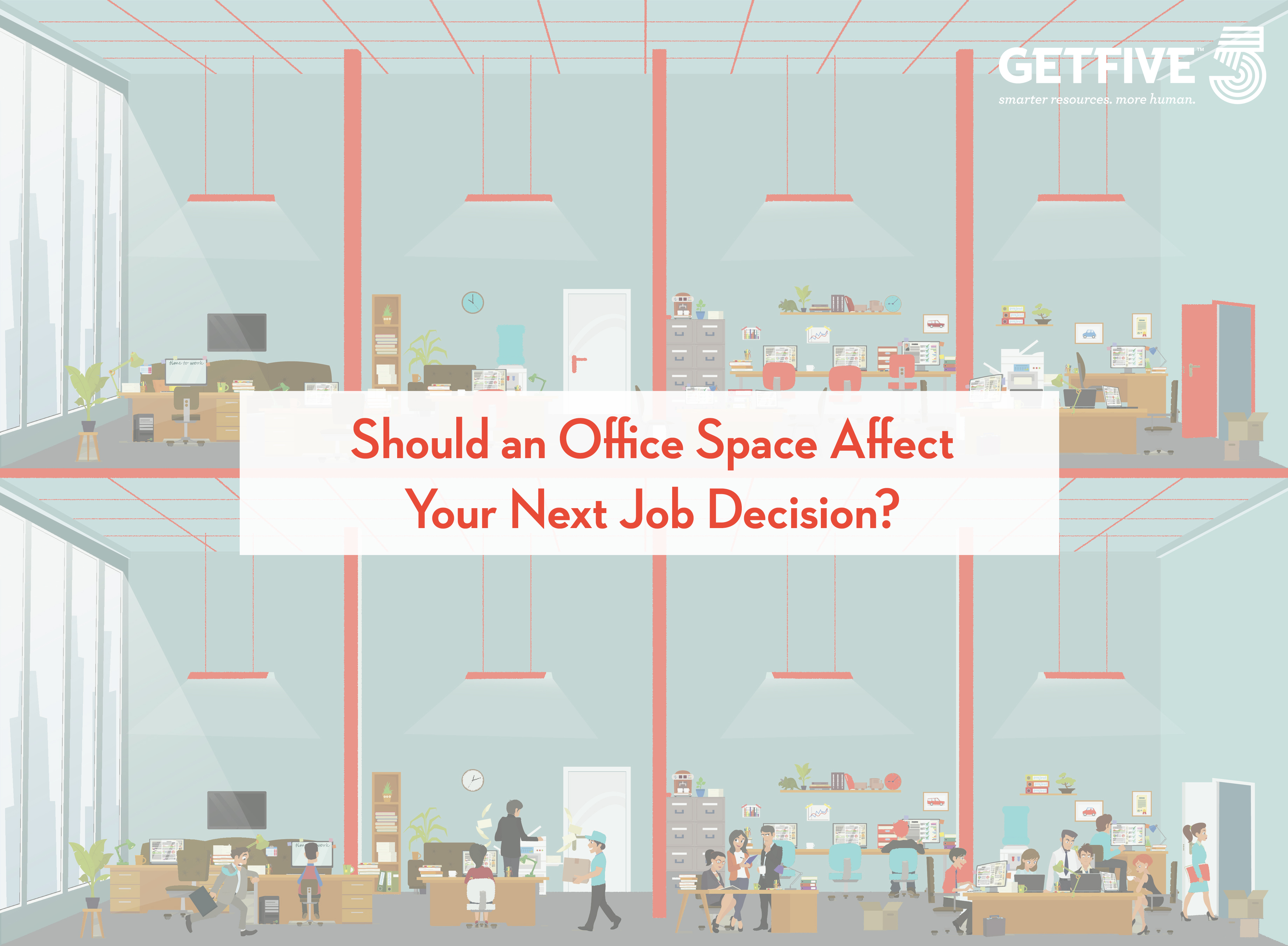So you’ve found an amazing job at a great company and you’re ready to sign an employment agreement, but there’s one thing holding you back: the office space.
Work environments and office orientations vary in countless ways, and if you’re going to spend a minimum of 40 hours a week in a given place, you’d prefer it to be adequate — if not enjoyable.
If you take an office tour and the work environment is far different from what you’re accustomed to, you’ll have to think about how it will affect your ability to do your job and the relationship you’ll have with your team. Here are some things that may seem insignificant at first, but may become a source of annoyance and frustration over time.
Proper Lighting: Are the fluorescent lights too low or too bright? Is there a source of natural light?
Ergonomics: Does the office use traditional desks and chairs? Are stand-up desks and other ergonomic tools encouraged?
Acoustics: How noisy is the work environment? Do you like the buzz or will it be a distraction? Does the company use sound-masking technology?
Break spaces: Is there a traditional break room? Does the company embrace modern lounges and brainstorm spaces?
Office layout: Is the office a traditional space with cubicles and high walls, or does it have an open layout without walls or doorways?
Perhaps more than any other component, employees today are experiencing the most dramatic changes when it comes to the layout of the office. Companies are adopting open-office design concepts at a double-digit pace, according to Wall Street Journal. The goal is to encourage collaboration while eliminating the hierarchy imposed by traditional office layouts.
However, if you’re a manager who’s used to having a big private office with a door, an open-office plan can be a big change. Is this a reason to decline an offer that otherwise seems perfect? Ultimately, that’s a decision only you can make.
It’s important to discuss any concerns with your would-be employer to see if a solution can be determined ahead of time. Of course you’ll want to approach these conversions carefully so as to avoid sounding demanding. If noise levels are a concern to you, ask if it’s okay that employees use headphones. If you’d like an ergonomic desk, ask if this accommodation can be met.
While a company won’t change an entire office’s orientation for one employee, they may be able to make some adjustments to accommodate you, or at the very least answer any questions you might have. In the end, if the workspace isn’t a complete deal breaker, try to keep an open mind. Many new employees have started at companies that look and feel much different from where they were in the past only to find they prefer the new environment.









